-
- Keynote Plenary
- The UK's national shipbuilding strategy in line with allied interoperability
- A global reinforced presence: where we see operations over the next decade
- The role of industry in moving the Royal Navy forward
-
-
- Submarine Technology
- A new approach to delivery of capability
- The Rapid Insertion of Technology
- New approach to delivery of capability
-
- Uncrewed systems complement crewed platforms
- They can improve the UW picture especially in scenarios when crewed platforms are either unavailable or cannot operate
- The benefits of operating SSNs with offboard systems will be illustrated with mission use cases

-
- Operational advantage at pace through the Rapid Agile Prototyping, Scaled for Operations (RAPSO) framework
- How the UK is exploring emerging technologies: Heavy Lift Challenge
- Blending past best practice with new ways of thinking: agile by default
-
- Design considerations for the Next Generation Portuguese frigate
- Mission modularity and flexible capability integration
- The current threat and strategic objectives shaping frigate requirements
-
- Expanding employment of uncrewed undersea systems for rapid environmental assessment
- Use of robotic systems across the undersea warfighting domain for data gathering and exfiltration
- Application of persistent platforms for critical undersea infrastructure protection

-
- Visualization of complex information in realistic interactive representations
- Integrating a continuous feed of disparate data sources to accelerate comprehension of complex maintenance, compliance, and compound effects
- Collaborating inside virtual ships, facilities and dockyards to unify stakeholder understanding, and enhance0 judgement

-
- Do present power systems fit the bill and what changes are required
- Different approaches for high value and sacrificial platforms
- Return to base and blackout recovery
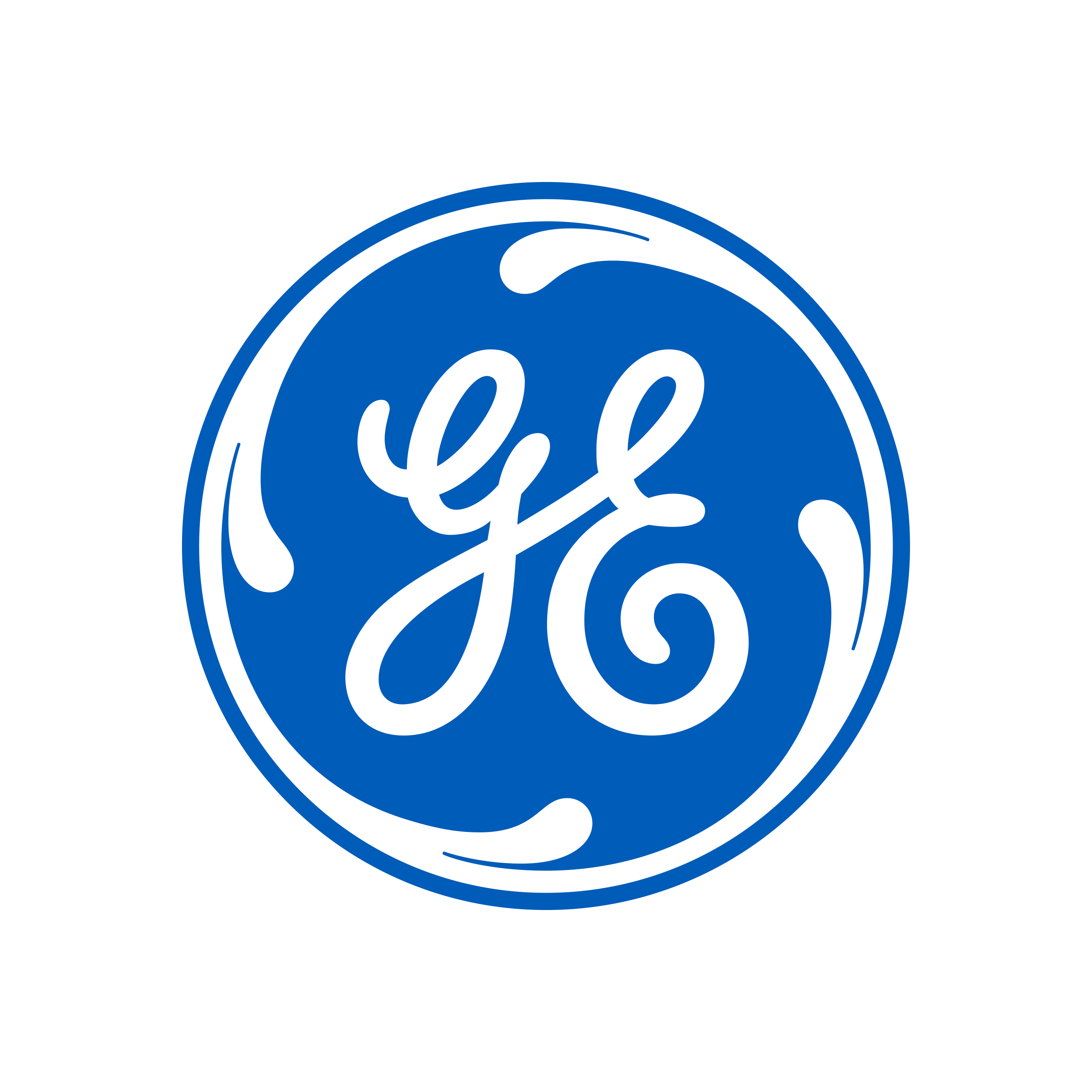
-
.png)
-

-
- Update on present and future projects
- Focus on innovative naval designs
- Development priorities
-
- T31 - doing things differently
- Arrowhead 140 – designing an adaptable warship
- Arrowhead 140 – adaptability paths, what we’ve learnt and what next?
.png)
-
- ASW concepts for 2040
- Technology trends
- ASW deployables
-
- Research and engagement opportunities with cyber-SHIP
- Equipping the maritime sector for cyber resilience
- Challenges and opportunities for autonomy in the future of naval platforms
-
- Keynote Plenary
- Strengthening the maritime industrial base
- Removing barriers to innovation
- Closer collaboration with global partners
-
- Keynote Plenary
-
- Keynote Plenary
-
-
-
-
-
-
-
-
-
-
-
-
-
- Submarine Technology
-
- Submarine Technology
-
- Submarine Technology
-
- Surface Fleet Technology
-
- Surface Fleet Technology
-
- Surface Fleet Technology
-
-
-
-
-
-
-
-
-
-
-
-
-
- Submarine Technology
-
- Submarine Technology
-
- Submarine Technology
-
- Surface Fleet Technology
-
- Surface Fleet Technology
-
- Surface Fleet Technology
-
-
- The demonstrator program: operationalisation of technology
- Ongoing demonstrator projects
- Technical platform concept: a solid base for seamless capability development
-
- Defining the CNI problem
- Examining the basic requirements for effective CNI Inspection
- CONOPS and available tools for the job

-
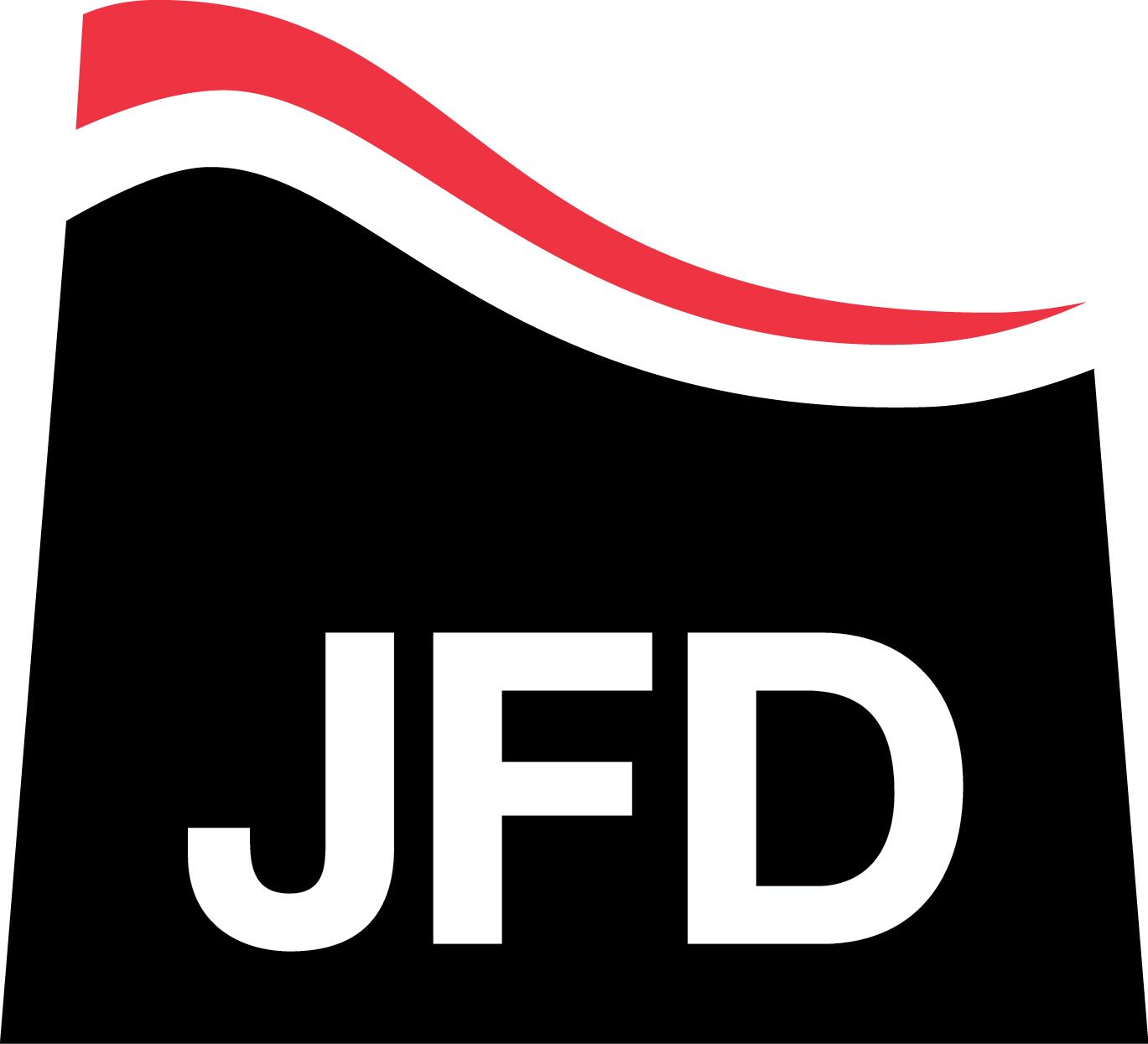
-
- Designing the replenishment at sea systems for FSS
- How the operational requirements shaped the design chosen
- Future operations for supplying the fleet
-
- Combat cloud principles and challenges
- Use case of the combat cloud in amphibious operations
- Disruptive technologies as force multiplier

-
- Surface Fleet Technology
- Definition of Cross-platform interoperability, CMS capabilities to aid CPI and insight into ADVENT
- ADVENT as CMS/C4ISR for Surface, Air, Subsurface and Land Platforms (HQ), including MUM-T and Mission System for UxV’s
- Challenges for integrating distributed forces and Generating Common Operational Picture at Warfare Theater

-
- Current technology and best practice for surveillance/monitoring of UW critical national infrastructure
- Emerging threats - asymmetric UWW and state players
- Current state of UxV/autonomous operations in commercial operations that meet requirements for seabed monitoring and future trends
-
- Enabling the connections between air, land, maritime, cyberspace and space
- Progress on Portugal’s Maritime Operational Experimentation Centre
- The lessons for digital interoperability being applied to requirements
-
- Submarine Technology
- Maintaining synergy between Fleets to improve efficiencies
- Development of new capabilities while maintaining the ‘upgradable system’ and use of COTS
- Future research priorities: Sarma-D XLUUV
-
- Bridging the water gap: organic maritime insertion
- Enhancing effect for mission success (sensors and effectors)
- Concepts for employment: hybrid craft opportunities – manned and unmanned interoperability

-
- Threat context requiring a change of pace and approach in fielding quality AUV technology
- Dull, Dirty, Dangerous missions suit AUVs and optimise scarce submarine assets
- ‘Doing Development Differently': an opportunity to speed insertion and adoption at scale

-
- Enhancing life expectancy through the use of innovative modular solutions
- Over the horizon MCM: challenges and positives of these approaches
- Updates to MCM ISR, C2 and Combat systems
-
- Compound challenge posed by evolving threats at both ends of the spectrum
- Managing the inevitable journey to increased levels of automation and integration
- Situational awareness, operator visualisation, fire-control, collaborative combat and integrated autonomous capabilities
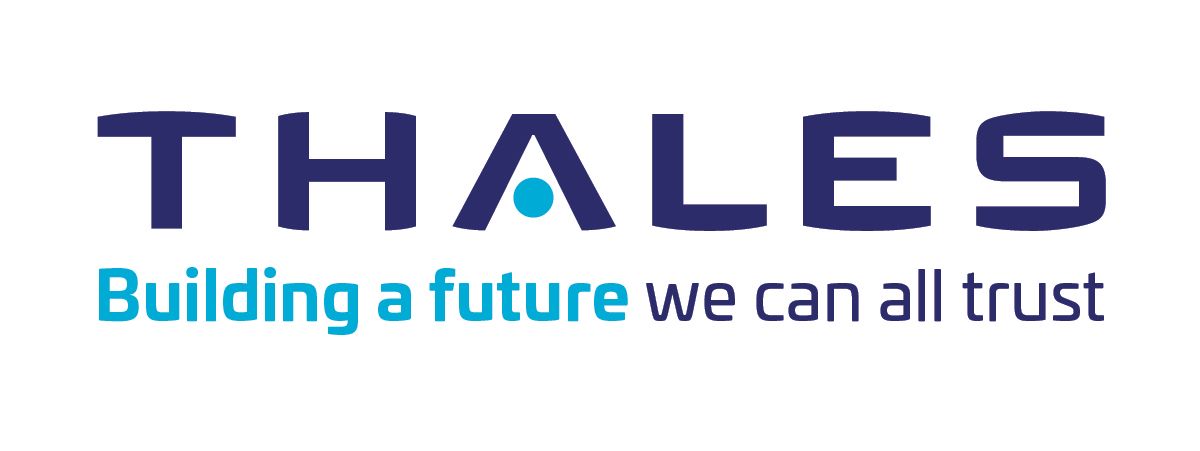
-
- Submarine Technology
- Delivering today: the importance of maximising existing capability
- Delivering tomorrow: the challenges of balancing future needs whilst maintaining existing operations
- Delivering together: enabling a shared vision to drive stability and sustainability into future programmes
.png)
-
- Transforming the UK's support and acquisition ecosystem,
- Programmes at the vanguard of change, delivering kit at pace
- Working with partners - in industry and internationally
-
- Operational requirements at the center of design for the new Reshef corvettes
- 2030 operational requirements into the Sa'ar 5 modernization project
- Outfitting fast patrol boats to combat modern terrorism
-
- Surface Fleet Technology
- Enabling launch and recovery to maximise the potential of USVs to enhance specialist operations
- Current development of LARS for NATO navies
- Flexible engineering considerations to meet the users needs
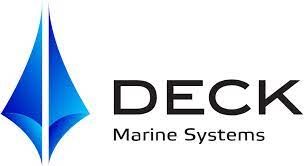
-
- Background to DIANA and current timeline
- Innovations that allow technology to be exploited for complex scenarios
- How to engage with DIANA
-
- Advantages of Mission Modules for legacy and future platforms
- Applications of mission modules for MCM and Torpedo Defence
- Utilisation of mission modules with uncrewed platforms

-
- Surface Fleet Technology
- Threat is Positively ID @1000m or less
- Rapid Response, High Rate of Fire Required
- Deter, Suppress, Defeat w M134D
.png)
-
- Submarine Technology
- Rescue system modernization
- Adaptation methodologies of rescue systems to anchor handling vessels (AHTS)
- Improvements to air deployability of rescue systems
-
- Addressing the recurring threat during conflicts
- The challenge of securing SLOCs
- Developing future MCM systems to counter the threat
-
- Golden thread between requirements generation through technology maturity and capability
- Acceptance/integration (the next steps)
- Introduction of the Weapon Sector Research Framework (WSRF)
-
- Options for operational experimentation during the main phase
- Design considerations during the initial concept phase
- Update on the current program including outstanding decisions
-
- Modelling and simulation for warship requirements and specification
- System of systems concept for future warships
- ILS and System Engineering to assure sustainability
-
- The challenges faced when conducting planned and unplanned maintenance activities
- Expanding repair capabilities using industry partners
- The future role of additive manufacturing in naval support
-
- Power & Energy Management Solutions for Current and Future Joint Force Mission Needs
- Current & Future Challenges for Navy Surface Ships
- Why Power Conversion and Energy Management?
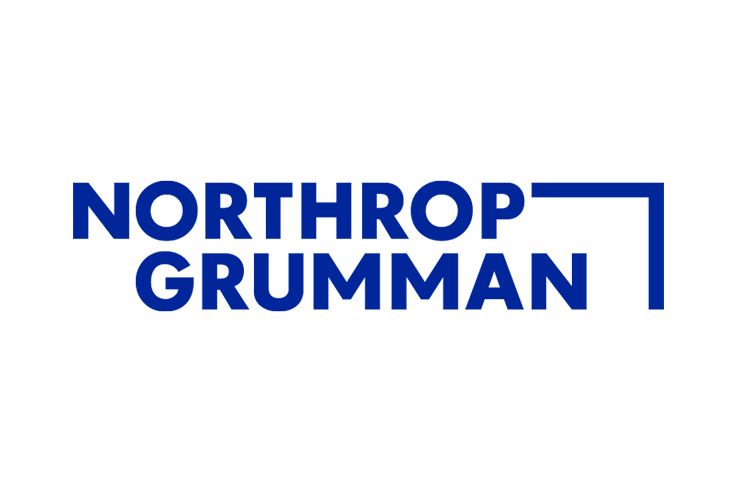
-
- Understanding ‘Squad’ surveillance concepts, both nationally and across allies
- Reducing the likelihood of submarine threats via synchronised information campaigns
- Challenges in realising the Allied Underwater Battlespace – Mission Network (AUWB-MN)
-
- Enabling the UK’s next generation air defence capabilities
- How do you achieve autonomous protection with weapon systems
- How the T83 may be the next solution
-
- Collaborative program to sustain the service life of the current Fleet
- Analysing investment priorities between ASW ships and off board capabilities
- How the Multi Role Ocean Surveillance Ship will impact operational effects
-
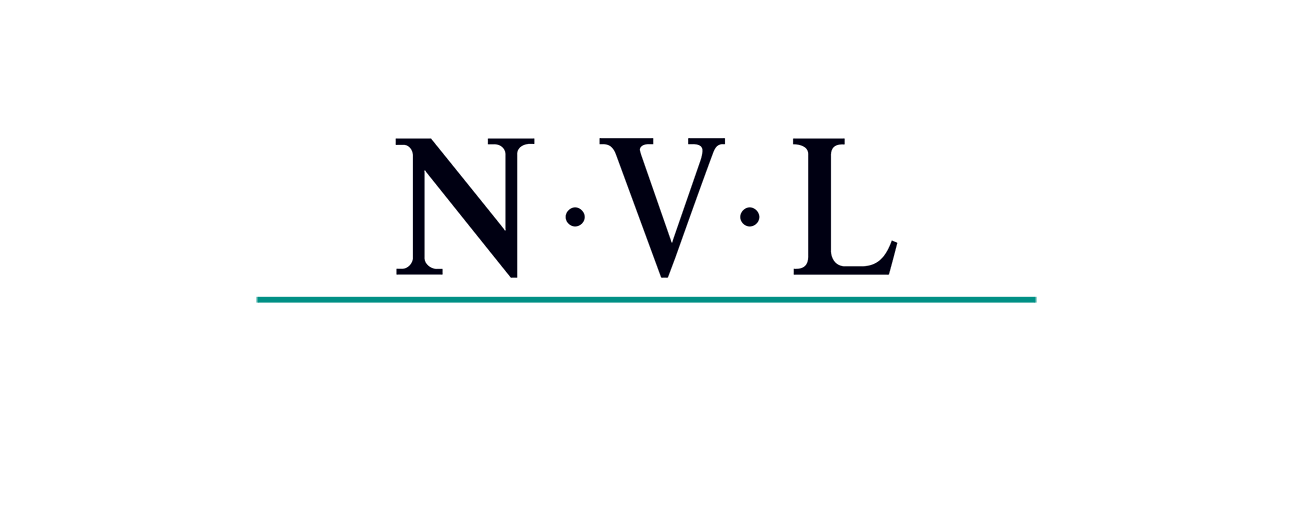
-
- Evolution of high capability, low SWaPC, HMS for naval platforms
- Deployment of interoperable HMS on the Global Combat Ship
- Future HMS developments
.png)
-
- The PN's role dealing with emerging complex and dynamic security environments including hybrid warfare
- Jointness as a central concept to ensure success
- Modernising the fleet, enhancing operational capability with new warships
-
- UK MHC programme Block 2 update
- Maritime Autonomous Systems Centre of Excellence
- Opportunities for industry engagement WISEX
-
- Forward looking sonar solutions
- Advanced algorithms and processing platforms
- Presentation of results from recent trials

-
- How energy is the new obstacle when looking at system development: Potential new sources
- Commercial off the shelf solutions for future Navy’s needs: NSPA experience
- Next stage developments for undersea innovations
-
- Surface Fleet Technology
- A geo-commercial perspective on the importance of the seas as a global common
- Threats and risks that commercial users see and fear from Naval mines
- Thoughts on how navies and defence industry can better interface and work with the commercial sector
-
- MUS as force multipliers
- Operational Experimentation with MUS feedback from REPMUS 22
- Future allied integration and interoperability with unmanned systems
-
- Overview of the Malaysian Maritime Enforcement Agency (MMEA)
- MMEA's new asset (The New Offshore Patrol Vessel (OPV) & Multi Mission Purpose Ship (MMPS))
- MMEA's Future Asset Perspective
-
- The Romanian Navy Divers Centre, missions and competencies
- Use of simulation and wargaming training
- Initiatives and development, the way ahead
-
- Surface Fleet Technology
- How is the environment changing, and what does this mean for industry in the naval enterprise
- Navigation in a contested and congested environment
- Architecture that provides operational agility and manoeuvre in the EM Battle space

-
- Surface Fleet Technology
- Mitigating the operational risks of increased autonomy
- Reduced situational awareness and cyber threat impact
- Training requirements in remote operational landscapes
-
- Recent changes in NATO
- Integrating technology across multi- domains using NATO frameworks
- NATO Maritime Air – the way ahead
-
- Benefits of selecting a sustainable power and propulsion system
- Power system selection for optimising adaptable mission demands
- Why an OEM for electrical design/integration

-
- Surface Fleet Technology
- Understanding the role of onboard and offboard autonomous systems
- Challenges and solutions for teaming autonomous systems with operators
- Lessons from civilian AI developments
-
- Overview of the conceptual design
- In-depth look at the development of a ship synthesis model
- How MUS integration and interoperability affect ship design
-
- Submarine Technology
- Overview of the KSS-III Batch-I and Batch-II programmes
- Enhancing combat systems on board
- The advanced fuel cell system of the KSS-III programme
-
- Evolving the Maritime Force to meet the UK’s Carbon Net Zero future: The influence of climate change on future systems and capabilities
- The need for asymmetry and non-conformity in design to ensure technological superiority in the future
- Becoming comfortable with an uneven and dynamic distribution of capabilities
-
- The use of data for improving predictive maintenance capabilities
- Developing forecasts for life-cycles of in-service components for effective maintenance planning
- Industry opportunities for effective data mining systems to assist material sustainment
-
- Using Digital Twins to manage predictive maintenance
- Collecting, processing and using data in support of platform readiness
- Reducing risk of delay in maintenance periods
-
- Surface Fleet Technology
- An overview of the direction of travel of the RNs technology priorities
- A characterisation of the RNs supporting tech innovation network
- An explanation of OCTO's place within that network and a brief survey of its current projects.
-
- Thought leadership in next generation vessel designs– from RHIBS to Aircraft Carriers
- How innovative designs increase versatility, manoeuvrability and fuel efficiency
- Solutions for adaptable, high performance & sustainable fleets
.png)
-
- Surface Fleet Technology
- The dystopian future that we are now facing
- The role that information warfare plays on the battlefield and off it
- How to adapt and develop effective technologies

-
- Modular mission packages enabling multi-mission assets
- Maximising efficiencies with distributed technology
- Bolstering existing platforms with scaled acoustics

-
- Surface Fleet Technology
- Understanding the future operating environment
- Developing the C5ISR toolset
- Challenges faced by navies considering C5ISR
-
- Keynote Plenary
- What are the opportunities in working with SMEs
- Government and large-firm assumptions that help and hinder innovation exploitation
- Success stories and lessons learnt
.jpeg)
-
- The unmanned naval ship – a system of systems
- Design drivers and enablers for autonomous propulsion systems
- Development approach - model based system engineering
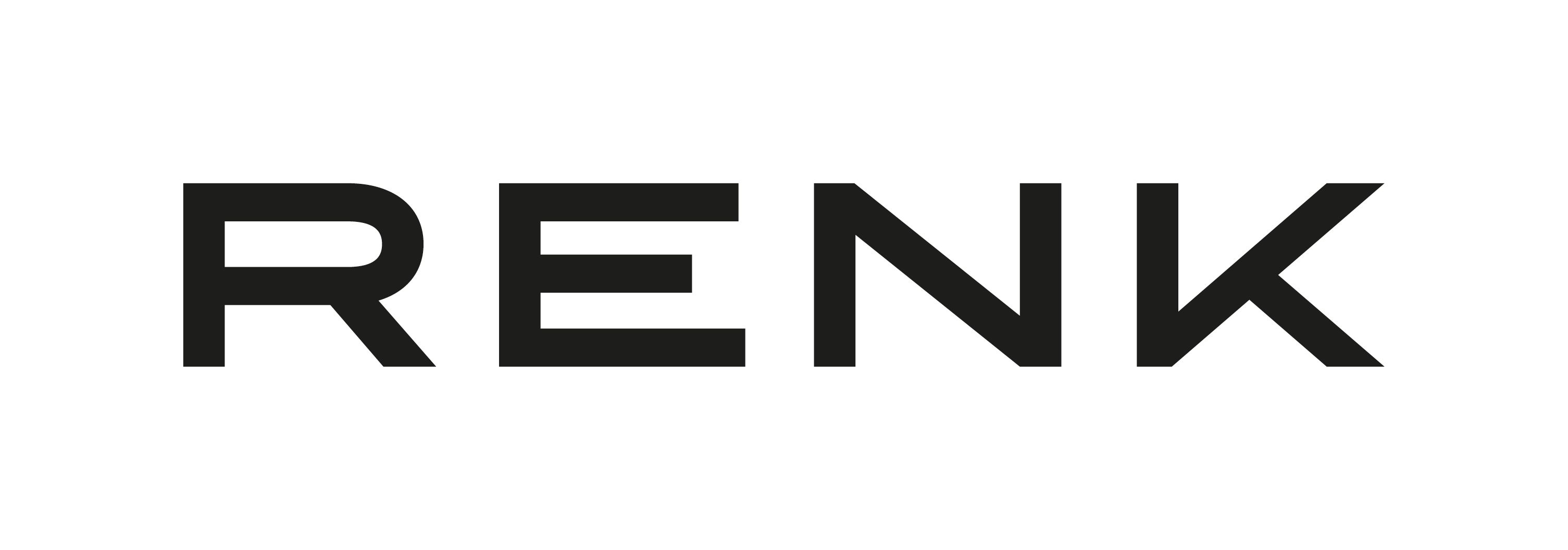
-
- Broadening the Diver Delivery Unit mission set to deliver capacity to support units
- Scope of wet trials and implications for UDS operations
- Looking beyond integration into fast response Fleets: Scope for increasing capabilities
-
- Submarine Technology
- The role of ISMERLO in the international submarine rescue community
- Forthcoming exercises
- Future submarine escape and rescue capabilities
-
- Keynote Plenary
- Commercial vs Naval operational readiness rates, why the difference and how to close the gap
- What are the contract limitations holding these levels down
- Key themes from the Danish Navy that will help our fleet moving forwards
-
- Commercial vs Naval operational readiness rates, why the difference and how to close the gap
- What are the contract limitations holding these levels down
- Key themes from the Danish Navy that will help our fleet moving forwards
-
- Framing the problem: USV's / Threats to trade waterways
- Science of super-cavitation
- Explanation of DSG munitions

-
- RF payloads, air launched effects, inter-vehicle data links, data management systems, digital platform
- Miniaturising core RF & Digital technology (from an RF EW perspective)
- The role of the digital platform to rapidly sense/process/decide/disseminate signals, data and information
.png)
-
- Surface Fleet Technology
- Introducing the Tech Bridge Model reflecting international collaboration
- The London Tech Bridge innovation pipeline for autonomous systems, novel energy and workforce of the future
- Creating partnerships for problems and solutions: navies, industry, academia
-
- Surface Fleet Technology
- Applying the NavalX Tech-Bridge model as a partner nation
- The London Tech-Bridge innovation pipeline for maintenance/sustainment and applied AI/ML
- Stimulating the Royal Navy to identify problems that stimulate the US Navy, industry and academia
-
- Solutions to maximise vessel time at sea
- New technologies that can be utilised to sustain the fleet
- Increasing platform medical capabilities via a R2 onboard hospital
-
.png)
-

-
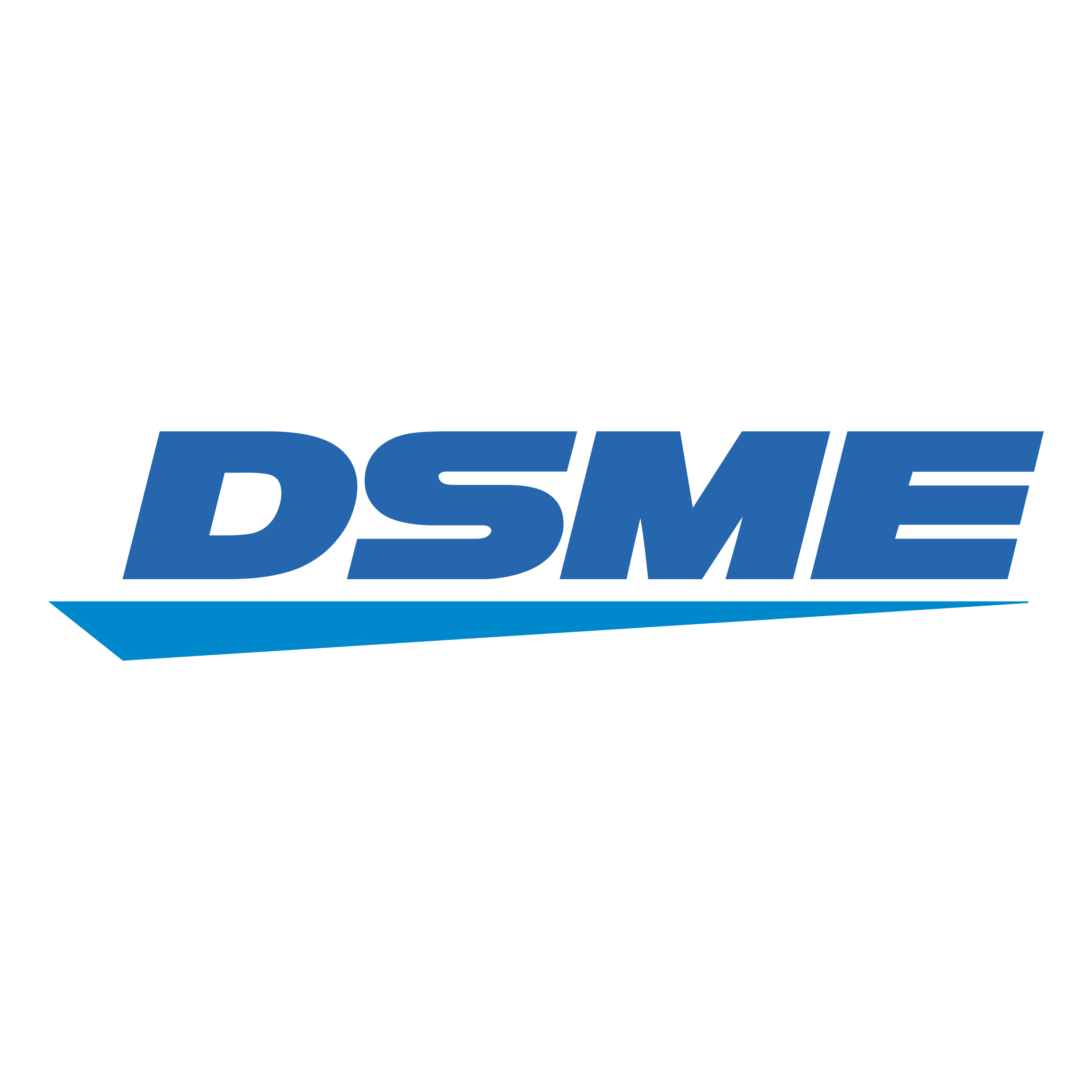
-

-
- Securing the Red Sea from conventional and unconventional threats
- Collaboration through training and exercises with allies and partners
- Coordination and cooperation with other nations with the Combined Maritime Forces
-
- How modern systems need to interact to maximise detection of modern threats
- Mission planning, simulation and testing facilities for improved MCM development
- Partnership programs for increased knowledge sharing
.png)
-
- Why include operational scenarios in system requirements and impact on system design
- Presentation of some sonar analysis results obtained during these scenarios
- Future evolutions
-
- Current programme schedule and execution
- Challenges of the uncrewed and autonomous technologies
- Feedback from a binational programme based on a new stand-off concept
-
- Reframing the Baltic as a joint operational space
- Essential missions and a new operational direction
- Addressing expected capability gaps in the Baltic region
-
.jpg)
-
- Surface Fleet Technology
- The sustainable and scalable benefits of employing uncrewed systems
- The importance of international collaboration for developing sustainable technologies
- US Navy requirements and opportunities for uncrewed system (enabling technologies)
-
- Surface Fleet Technology
- Persistence, capability and mission flexibility…KEY
- Interoperability across multiple platforms…ESSENTIAL
- Paradigm shift…HARD
.png)
-
- Surface Fleet Technology
- High-performance of sensors and algorithms
- Robustness and reliability for demanding combat environments
- Ensuring easy integration into combat and navigation systems
-
- Ensuring flexibility and space for future technology systems on a Warship
- Green energy solutions into navy operations
- Training crew, repairing/upgrades without taking the vessel out of operation
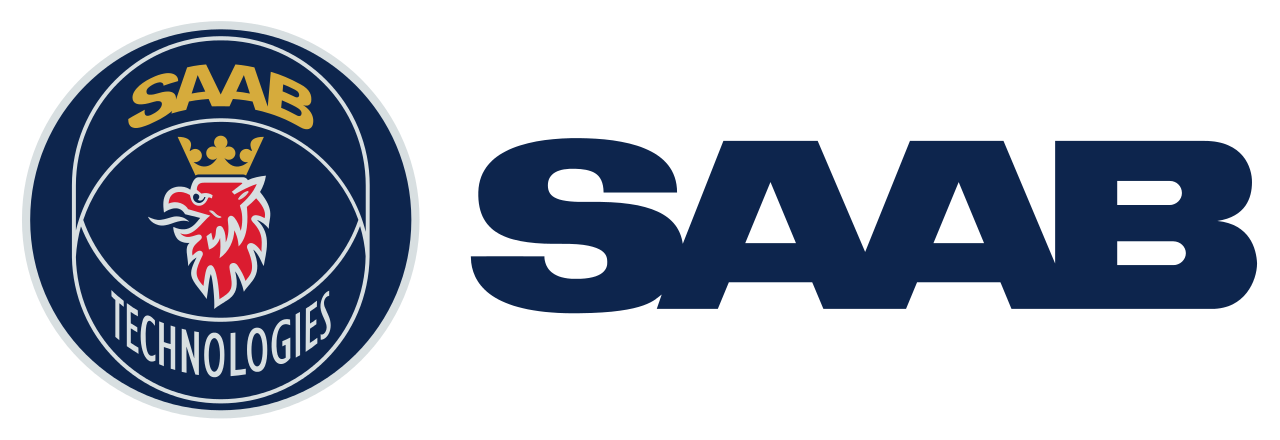
-
- Cross domain integration of MUS in the maritime task force
- Ensuring allied interoperability and interchangeability
- Extended and enhanced ISR operations with MUS whilst countering counter MUS
-
- Surface Fleet Technology
- Adapting current systems to ensure coherent requirements
- The importance of establishing a design authority to become ‘NSN ready’
- Timeline for S&T/experimentation opportunities
-
- Innovation – unique technological characteristics of platforms
- Leverage of MUS – unmanned when you can, manned when you must
- Experimental test campaign

-
- New and emerging threats to maritime infrastructures
- Vulnerabilities of maritime infrastructures
- Frameworks for resilience and the way ahead
-
- The fundamentals of advanced membrane filtration
- Membrane Filtration Reverse Osmosis Systems
- The benefits of Membrane Filtration when applied to fuel treatment onboard

-
- Minimising the risk to crew by removing sailors from the water
- Maintain operational effectiveness by achieving successful actions in adverse weather
- Containerized solution “The Cube” or as a deck welded solution

-
- Updates on Projects CHARYBDIS and CETUS;
- Lessons learnt in agility and innovation;
- Anticipated future direction for underwater autonomy
-
- Submarine Technology
- Updates on Project CETUS
- Lessons learnt in agility and innovation
- Anticipated future direction for underwater autonomy
-
- Which technologies are shrinking the ocean with persistent UW ISR
- Overcoming the challenges of persistence at range
- Experimentation and analysis
-
- Potential of diver networks combined with surface pictures to augment capability
- Diver research plans in the pipeline
- Results and lessons learned from participation in recent diving exercises
-
- Growing importance of connectivity aboard for image/data dissemination
- Understanding the challenges and of ensuring usable mission systems
- Investing for the future: How best to enhance performance
-
- Submarine Technology
- Shifting industry expectations from aspirational design life to decade long warranties
- How ‘fit and forget’ dual jacket sealing can safeguard critical components in the event of cable damage
- Optimising system protection through moulding of multiple cables
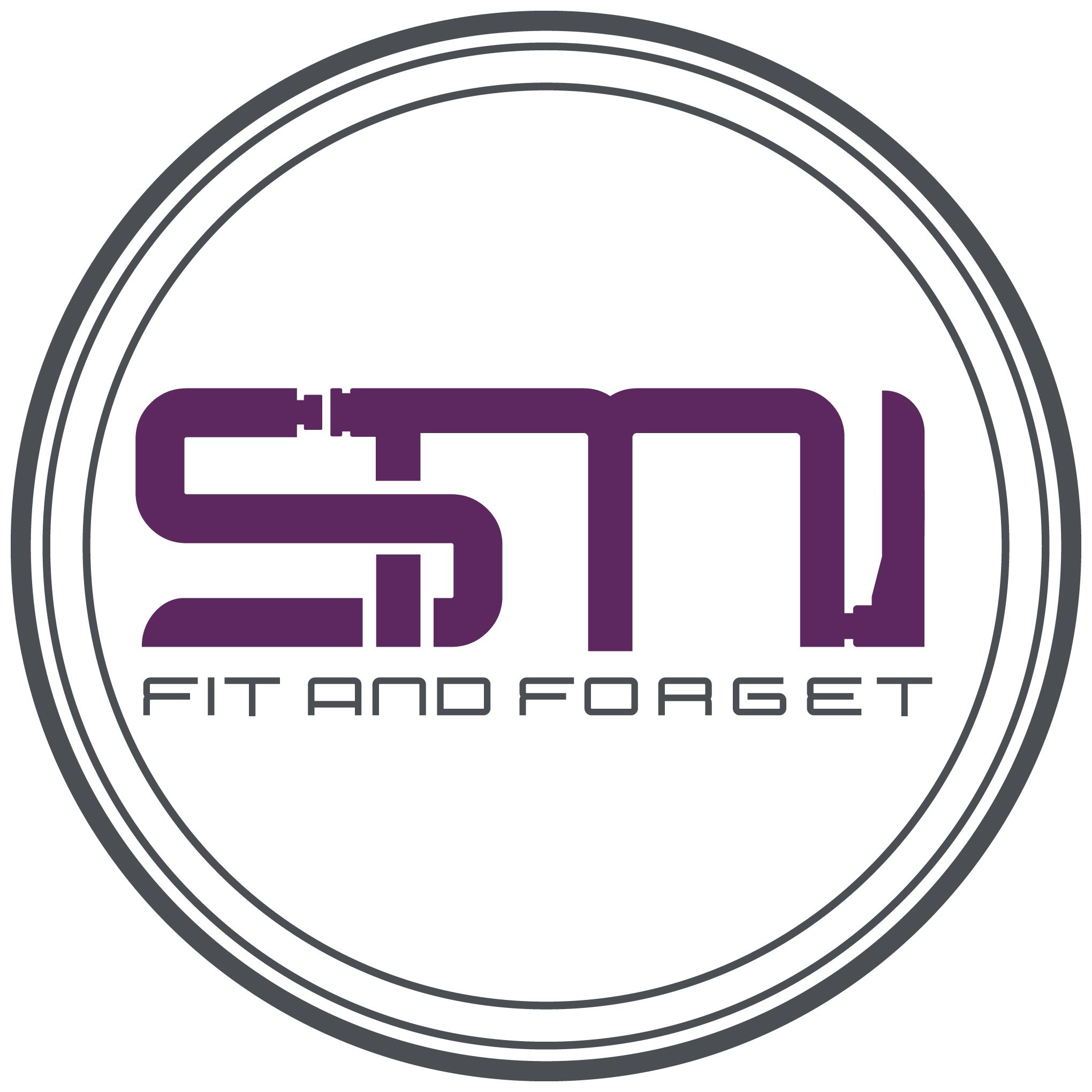
-
- Surface Fleet Technology
- The importance of airborne sensors in a time of increasing maritime threats
- Multi-mission sensors ready without reconfiguration in all missions
- Working alongside FW assets
-
- How underwater warfare systems aims to achieve ASW supremacy and secure own assets
- Considerations for contingency environment: Crew training and platform adaptations
- Enabling AUV development for multiple mission types in congested environments
-
- Background to the project and what it was designed to change
- Progress so far and what has been learnt
- Opportunities for industry to engage in the future of Project RENOWN.
-
- Submarine Technology
- The previous approach to maintaining effective operations
- Priorities of development for the use of technology to ensure readiness levels
- Embracing the industry angle to 100% support
-
-
- Surface Fleet Technology
- Analysing the current UAS challenges for maritime platforms
- Analysing the risks associated with communication dependency and possible solutions
- Limiting the impact of attacks on maritime platforms in the future
-
- The challenges arising when conducting ASW operations in complex scenarios
- Methods for maintaining the element of surprise for landing operations
- Future UxV developments offering new operational capabilities
-
- Submarine Technology
- Main features, capabilities and performance
- Systems integration in the platform
- Certification process and Safety Milestones approach

-
- Submarine Technology
- Safety as a main driver for Submarine design, construction and operation
- Relevance of applicable rules and procedures for design/construction
- DNV Naval Technical Assurance and the Naval Submarine Code as comprehensive solutions

-
- Submarine Technology
- Reducing the time between discovery and response
- Providing fast and secure communications in addition to increased data transmission capacity
- Continued research in the development of underwater sensors

-
- Monitoring and protecting UW areas in the Mediterranean
- Systems integrating the network of sensors, platforms, and agencies in collaborative working
- The R&D effort to provide technology solutions
-
- Submarine Technology
- Trustworthy cooperation needs secure communication (LPI / LPD)
- Application conflict between ACOMS/SONAR inside the sound channel
- Future developments like smart whispering modest approaches
-
- Tracking UW targes is a critical and sensitive task for Naval assets
- Training is expensive and time with submarines limited: SEMA ASW training target addresses this
- SEMA gives realistic acoustic response and kinematics while remaining portable, reusable and affordable

-
- Surface Fleet Technology
- Challenges to face new scenarios
- Opportunities from Digital Twins as enabled by key enabling technologies
- People empowerment and Interoperability

-
- Submarine Technology
- The adoption of systems engineering thinking at a programme level
- Application across the Defence Lines of Development
- Modern methods for de-risking capability integration and acceptance

-
- Using MUS for rapid environmental assessment of the theatre of operations
- Evaluating future concepts for using MUS in an operational context
- Understanding effects of the environment on operations
-
- Submarine Technology
- Enhancing mission management systems through AI enabled tools
- Interchangeability standards enable human autonomy teaming
- Employing uncrewed systems to extend effective wide area situational awareness
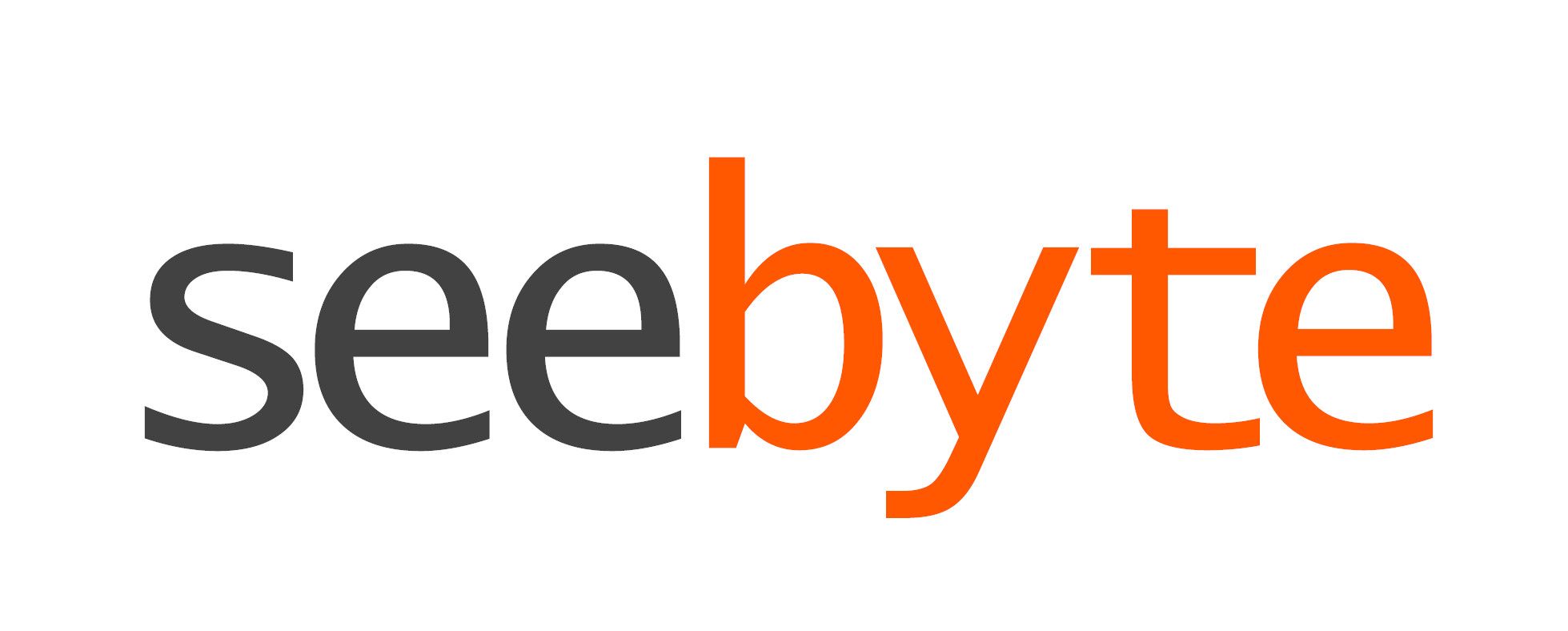
-
- Exploring the challenges of fast and efficient manufacturing in defence
- Current development of IT systems and how these are aiding production
- Defining and delivering the Shipyards of the Future
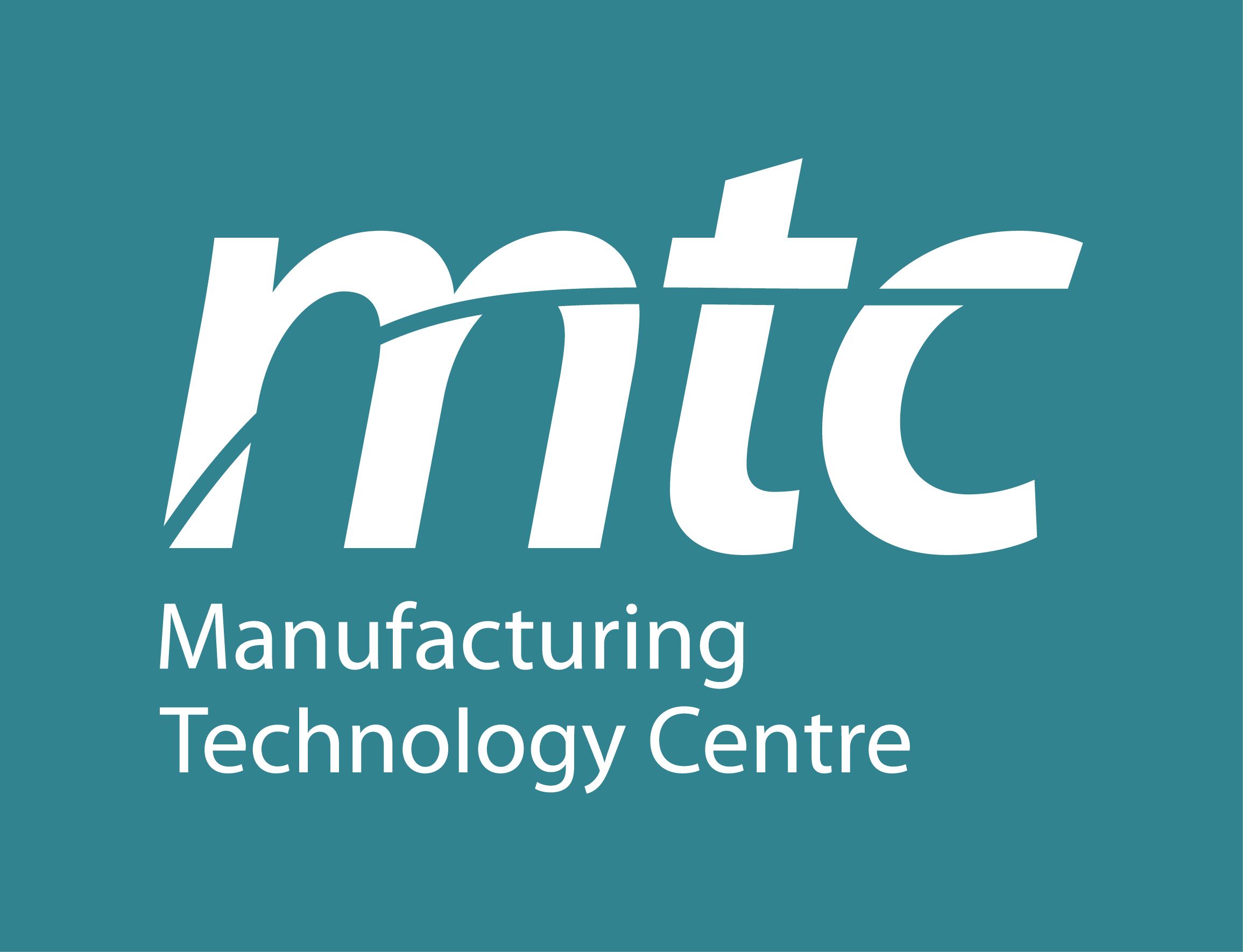
-
- Adopting a System of Systems approach
- Increasing availability and removing single points of vulnerability
- Breaking the link between platforms and capabilities – reworking the traditional model
-
- Keynote Plenary
- The contribution of Defence to the sustainment of skills enabling a national endeavour
- The importance of relationships with local communities to support defence programmes
- Workforce sustainment and the employee value proposition
.png)
-
- A shift to uncrewed MW systems and what this means for C2 at sea
- Future Planning and Evaluation tools and the role of industry in ensuring these are integrated
- Assimilating, assessing and distributing data effectively across platforms and nations
-
- Submarine Technology
- Expectations on China’s next nuclear submarines
- Conventional submarines
- XLUUVs including what we know and what I expect will happen
-
- Future-proofing the PA-Ng’s design during the study stage to accommodate technologies in the future
- Upgradable combat systems
- Industry involvement in the development of the carrier concept
-
- Update on the Royal Navy's small boats development pipeline
- Considerations for selecting power & propulsion technologies for small boat operations
- Dealing with changing operational demands
-
- How future operations could be affected by limitations in naval support.
- Inter-operability for Replenishment at Sea
- Balancing affordability with capabilities to support modern platforms
-
- New challenges of deployability in special and underwater operations;
- SDO-SuRS wide spectrum of capabilities;
- SDO-SuRS ship and deployable assets programme
-
- Keynote Plenary
- How the planned Frigates are enhancing capacity in the region
- The challenge of constructing ships in the region
- Maintaining effective links with industry throughout the process
-
- RNZN Overview
- Adapting technology for small navy operations
- Future acquisitions & opportunities
-
- Surface Fleet Technology
- Understanding geospatial data to support safe operations and optimise mission execution
- Opportunities lost through an inability to keep pace with evolving technologies and standards
- Infrastructure and operational planning services and the advantage of connectivity
-
- The Arctic outlook, what is shaping Norway’s thinking?
- Norway’s acquisition and capability development priorities for Arctic operations
- Research and development programmes
-
- Submarine Technology
- Understanding the challenges of submarine operations
- Benefits in sharing technical expertise in the development of systems
- Increased collaboration in research, tactical development and training
-
- Submarine Technology
- Ongoing challenges with torpedo threat to submarines
- Development of specialised missiles deployed from submarines
- Future research priorities and opportunities to increase detection times and assist submarine evasion
-
- Update on progress so far, Littoral Response Group developments
- Integrating Commandos into the wider force
- Future acquisition priorities
-
- Surface Fleet Technology
- Combat systems programme planning axioms
- US Hybrid Fleet operations and implications for security operations
- “Team of teams” for system of systems
-
- Surface Fleet Technology
- Developing EW protection against new threats
- Improving on previous systems used by the Royal Navy in EW
- Taking advantage of new innovations and technologies in internal mission systems
-
- Submarine Technology
- Why torpedo defence needs addressing
- Next generation integration: Sensors, DAS and command systems
- Future steps for the program
-
- The OODA loop decision making cycle at Machine Speed, and the challenges of assurance
- Concepts of system trustworthiness to achieve ‘calibrated trust' – illustrated by a human-centred ‘near-miss' incident in a deployed Royal Navy Type 45 Destroyer
- The relevance and opportunity that Trustworthy AI presents

-
- High performance sonars suited for unmanned systems
- Robust operation in harsh environments
- Convergence of mine hunting and hydrography
.jpg)
-
- Submarine Technology
- The underwater scenario
- DRASS approach and upcoming challenges
- Back to the future

-
- Conceptual Foundations
- The Under-Water Battlespace Future Vision
- RN Capability Priorities in the Under- Water Battlespace
-
- Subsea acoustic monitoring for ASW and seabed warfare
- Fully optical thin-line towed array technology
- How optic technology can revolutionize underwater security

-
- Submarine Technology
- Status of the A26 programme
- Where we are and where we’re headed
- Challenges along the way
-
- Submarine Technology
- New development systems
- On the horizon technologies
- Over the horizon needs and technological challenges
-
- Discover and rapidly integrate state- of–the art maritime technologies for at- sea experimentation
- Ensuring accessibility for non-traditional system developers to include small business and international partners
- Joint experimentation in the maritime environment
-
- Surface Fleet Technology
- Current acquisition plan and impact on operations
- Key development areas
- Upcoming opportunities for industry input
-
- Using big data and large language modelling to avoid technology
- Understanding past investments and project areas for future investment
- Determine where to lead, follow, or partner
-
- Three reasons to worry less about the threat to SLOCs
- What is the scope/ potential for the use of offshore windfarms as offensive assets
- How best to work together facilitating military / civilian collaboration
-
- How USV’s are ready to support maritime security and critical naval missions
- Delivering commercial platforms into defence applications
- Modular hardware and software to support mission requirements

-
- Submarine Technology
- Operational challenges: specificities and developments
- Potential solutions for tightening the link between front end and preparatory activity
- Future long range navigation systems
-
- How to empower personnel to be innovative
- What the network looks like in practice and how it achieves its aims
- How to engage with us should you wish to connect in future or build your own network
CNE 2023 Agenda
A
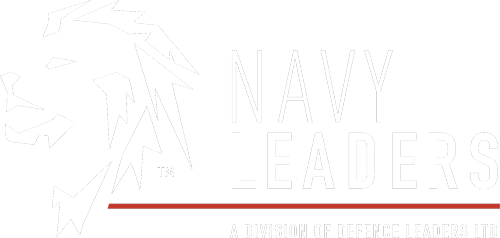
)
)
)
)
)
)
.png/fit-in/120x9999/filters:no_upscale())
)
)
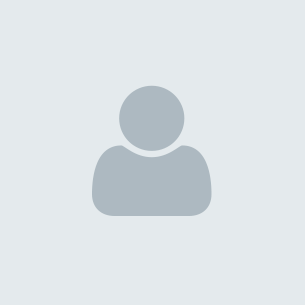
.jpg/fit-in/120x9999/filters:no_upscale())
)
.png/fit-in/120x9999/filters:no_upscale())
)
)
)
.jpg/fit-in/120x9999/filters:no_upscale())
)
)
)
)
)
)
.png/fit-in/120x9999/filters:no_upscale())
)
)
)

)
)
)
)
)
)
)
.png/fit-in/120x9999/filters:no_upscale())
)
.png/fit-in/120x9999/filters:no_upscale())
)
)
)
)
)
)
.png/fit-in/120x9999/filters:no_upscale())
)
)
)
)
)
)
.png/fit-in/120x9999/filters:no_upscale())
)
)
)
)
)
)
)
.png/fit-in/120x9999/filters:no_upscale())
)
)
)
)
)
)
)
)
)
.png/fit-in/120x9999/filters:no_upscale())
)
.png/fit-in/120x9999/filters:no_upscale())
)
)
)
)
)
)
)
)
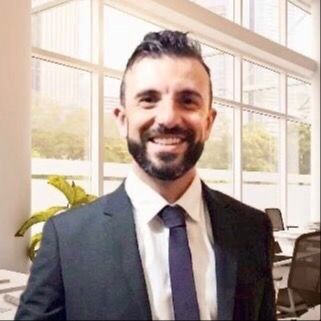
)
)
)
)
)
)
)
)
)
)
)
)
.png/fit-in/120x9999/filters:no_upscale())
)
)
)
)
)
)
)
)
)
)
)
)
)
.jpg/fit-in/120x9999/filters:no_upscale())
)
)
)
)
)
)
)
)
)
)
)
)
)
.png/fit-in/120x9999/filters:no_upscale())
)
.jpg/fit-in/120x9999/filters:no_upscale())